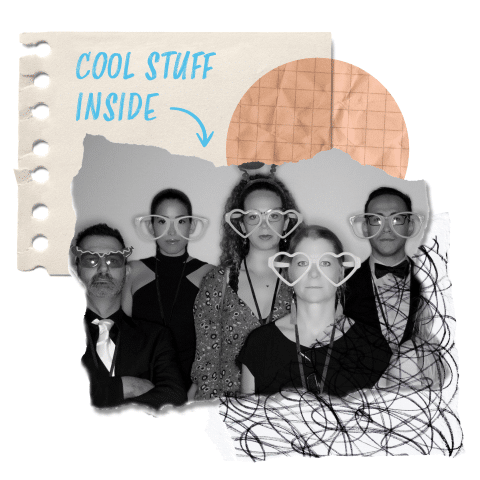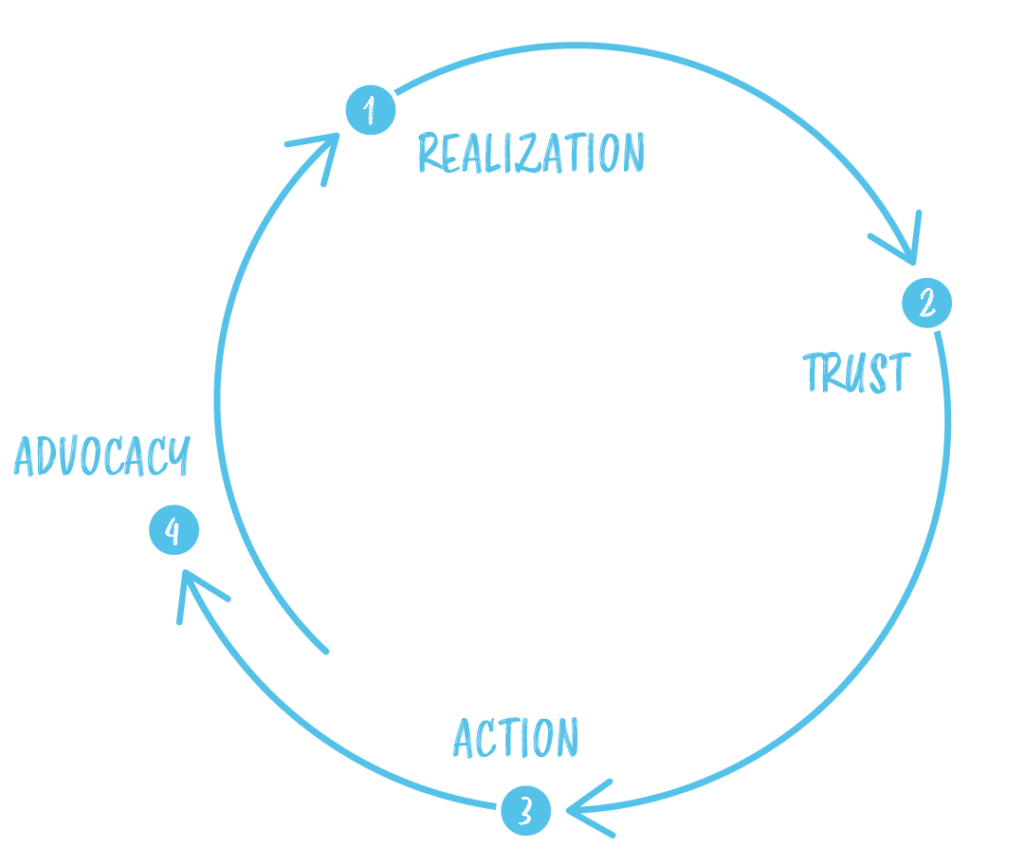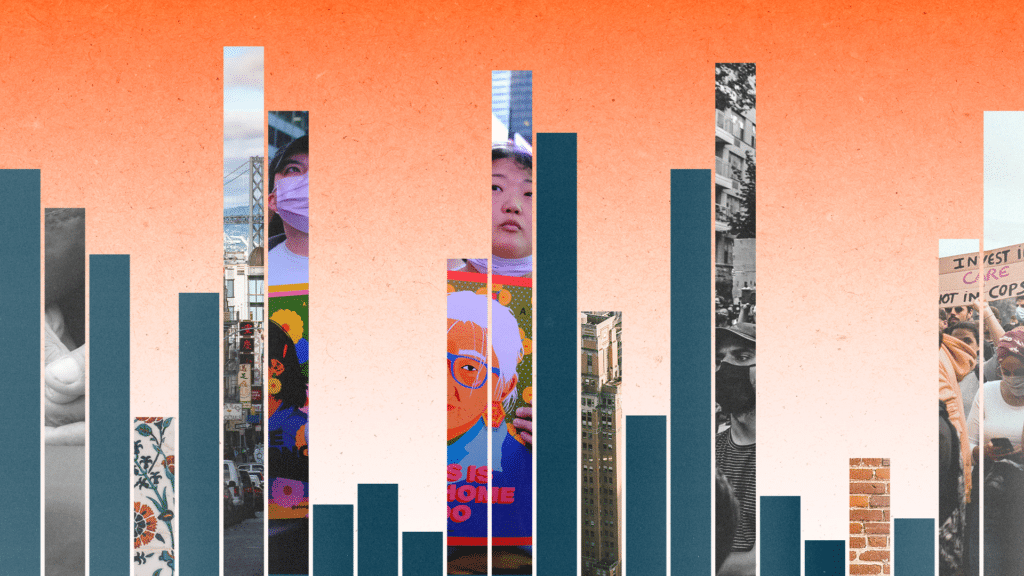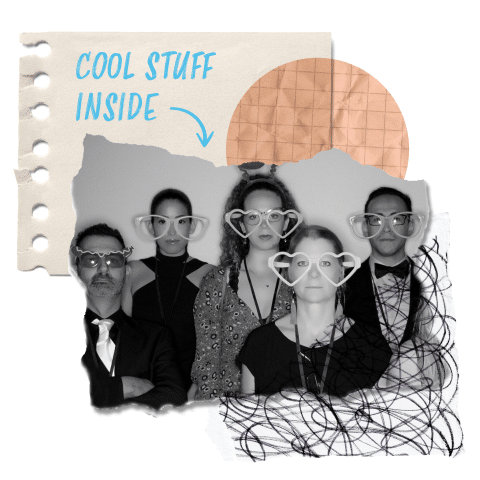When I was 17, in 1991, I stepped off a school bus one day onto the firm dirt and pine-scented campgrounds of Prescott, Arizona. It was a warm summer day, between my junior and senior year of high school, and I was eager for a week of camping with an outdoors organization that brought together kids from ‘Zona, California, and Nevada.
 Then I saw him. More specifically, he saw me. It was our camp director, a portly man with skinny legs, a polo shirt even though everyone else wore tees, and coffee-stained teeth. He approached me as soon as I set foot on the dirt, put a big paw on my scrawny shoulder, and squinted through tinted gold-framed glasses. I’ll never forget what he said next.
Then I saw him. More specifically, he saw me. It was our camp director, a portly man with skinny legs, a polo shirt even though everyone else wore tees, and coffee-stained teeth. He approached me as soon as I set foot on the dirt, put a big paw on my scrawny shoulder, and squinted through tinted gold-framed glasses. I’ll never forget what he said next.
“Young man, this ain’t a camp for the handicapped. I don’t know what you’re gonna do, but they tell me I can’t send you home. Quite frankly…I wish you weren’t here.”
He then walked away. Feeling my face suddenly grow hot, I took one hook and dabbed my now-sweaty forehead. With my other hook, I lifted my glasses, which had slid down my nose. His words pierced me but no one else had heard them. So I moved my left foot forward and slowly lifted my right, prosthetic leg behind it.
I moved on.
The reason that the camp director “couldn’t send me home” was because exactly one year earlier – on July 26, 1990 – the Americans with Disabilities Act (ADA) had been passed by Congress. It was, and still is, the most important civil rights legislation ever created for people with disabilities (In 1992 it was ratified as federal law).
There had been several other important Congressional signings that assisted people with disabilities. The 1972 Rehabilitation Act was in response to World War II, Korea, and Vietnam veterans who returned home to a country that had nothing more than the G.I. Bill to return them to society – and that didn’t do much for those who became permanently disabled in service. The 1975 Handicapped Children’s Act took another segment – kids with disabilities – and mandated that they be allowed to attend school as their non-disabled counterparts.
Yet both of those pieces of legislation, when enacted, had what I call “lag times”. The Rehab Act was passed in ‘72 but by ‘75, youth had not been helped. In ‘75 the Handicapped Children’s Act (its name a reflection of less-conscious times) was passed but by 1979, when I’d emigrated from Colombia to the United States as a triple amputee from birth, enrolling into kindergarten meant doing so at a school with only disabled kids.
Thus, the 1980s, for people a bit older than I, were spent advocating, pushing, protesting, rallying. Barriers for people with disabilities, whether they were stairs to an entrance or an inability to secure a job, were legal. And advocates across the country were crawling on their hands and knees to give visibility to this injustice. By the summer of 1990, their pleas – nay, their demands – were heard. And the ADA was passed.
That was why it was not only disallowed, it was illegal for coffee-breath to send me home. He knew it. His staff knew it and probably had reminded him. And I, in my fluorescent-colored sneakers, neon shorts, and Michael Jordan t-shirt, all exposing three prosthetic limbs, knew it too.
So I smiled. I would need to educate this man and probably the campers too.
This was what the ADA was all about.
And I moved on.
Alex Montoya previously worked as an Account Executive at Mixte Communications from 2021-2022.






